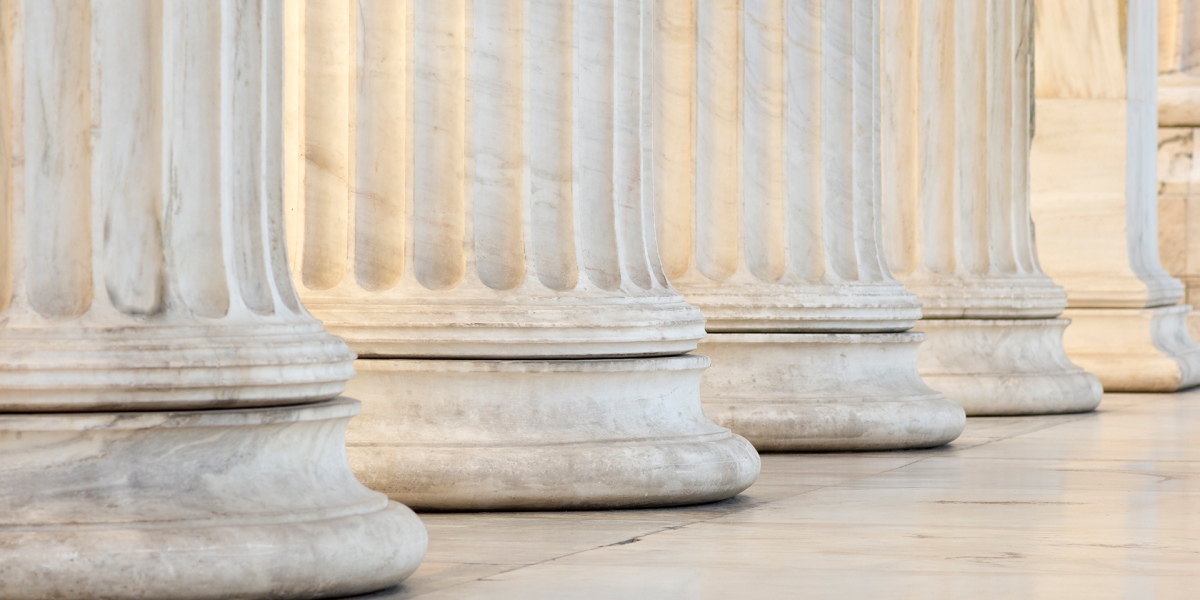As previously noted in our FORsights™ article, “Moore v. United States – What You Need to Know,” on June 26, 2023, the U.S. Supreme Court granted certiorari in the Moore case. The primary focus of the case is to challenge the constitutionality of the tax imposed under Section 965, often referred to as the transition tax. The plaintiff claims that the tax under §965 is unconstitutional because they believe it is not a tax on income within the definition of the 16th Amendment.
While the lower courts have not found in favor of the plaintiff, the question still remains: What if the U.S. Supreme Court were to find in favor of the plaintiff? Not only should such a decision impact §965, but likely it could be applicable to other sections of the code, such as income recognized for Subpart F and GILTI under §951 and §951A. Other sections of the code also may be challenged with such a decision.
Unfortunately, for many taxpayers who paid the tax under §965 in full, either in a lump-sum payment or by making an election to pay over eight years and incurring a triggering event such that their tax obligation has been paid in full, their statute of limitations has already closed under §6511. Under §6511(a), the deadline for filing for administrative relief is the later of three years from the time the return was filed, or two years from the time the tax was paid. As many paid this tax prior to 2021, the decision of the court is, therefore, likely only applicable to a small amount of remaining payments unless all prior years are open due to audit.
However, for taxpayers who made the election under §965(h) to pay the liability over eight years, filed their returns late, or have open years due to audits or other arrangements, the question is whether they may want to consider a protective filing in case a Moore ruling finds the tax unconstitutional. By doing so, it can allow the taxpayer to put the IRS on notice that they intend to file an amended return upon the court decision for periods that may close between now and the ruling.
Noting that the lower courts have found in favor of the law being constitutional, and the monumental impact that could be possible if the Supreme Court were to rule the other way, many feel it is likely the Supreme Court may follow the lower courts’ decisions. Nonetheless, taxpayers who have substantial payments under §965 where their statute hasn’t closed may want to contemplate whether filing a protective refund claim is worth considering.
If you have any questions or need assistance, please reach out to a professional at FORVIS or use the Contact Us form below.

